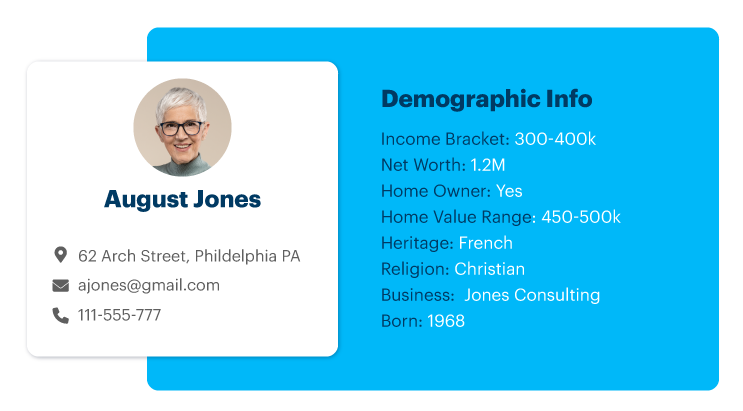Nonprofit Technology & Fundraising Blog
Subscribe to our mailing list

July 11, 2024 | Donor Engagement
Funnels, pyramids, and loops, oh my! While there is no “right” or “wrong” fundraising model for today’s nonprofits, there *are* best practices for engaging with today’s donors.
We created a series called Donor Engagement Models for the Digital Age to help you map a clear path to your major goals. We will explore traditional fundraising models like the donor funnel and the donor pyramid, but with a modern twist, so you can meet your donors’ current expectations about connection.
We’ll start by answering some frequently asked questions:
Today’s donors are wary of being manipulated into opening their wallets more and more. They have the whole world at their fingertips, so they don’t need or want to be told what to do. They want to be inspired – organically – to act on their own accord.
In the digital age, charity is inspired by a personal connection that’s strong and ongoing. So, today, the most effective way to improve donor engagement is by prioritizing personal connections over monetary gifts.
Put simply: Today’s donors are led by authentic connection.
A donor engagement model is a strategic framework for nonprofits to build sustainable revenue and cultivate long-lasting relationships with supporters. It helps nonprofits achieve financial stability by streamlining donor outreach, nurturing promising donor segments, and maximizing internal resources for engagement. Key benefits include increased revenue, improved donor relationships, enhanced resource allocation, and long-term sustainability.
Research shows that 90 percent of the largest nonprofits use funding models that are built around a single dominant source of revenue, e.g. major gifts. Similarly, donor engagement models are easier to embrace when built around a specific engagement goal, e.g. growing your monthly giving program.
Put simply: A donor engagement model is a method of visualizing your fundraising activities, making sure that each step moves you closer to a specific goal.
Different donor engagement models are suited to different types of nonprofits, depending on what they are striving to accomplish. Models are often distinguished by the type of engagement (e.g. communicative vs. monetary), the goal of your engagement (e.g. reducing donor churn), and the motivation behind the engagement (e.g. part of a philanthropic journey vs. a personal connection to a specific cause).
Put simply: Nonprofit professionals should use the donor engagement model that most closely aligns with their current fundraising goal. More than one model can be used at one time, but each should focus on one goal.
Explore each model and its function to determine your choice. For example, are you hoping to build relationships upward (pyramid), narrow prospects down (funnel), establish loyalty patterns (loop), or track philanthropic connections (network)?
Since modern donor engagement is inspired by authentic connection, your model should move donors to the next step based on how they interact with your organization. The goal is for your ideal supporters to strengthen their bond with you, over time, through shared interests.
Developing donor personas and adopting a multichannel engagement approach will help you create more engagement opportunities and address the commonalities that run through your donor engagement model, whether it’s a funnel, pyramid, loop, network, or something else.

Try a soft, unintrusive approach to inspire the change you want to see. De-center money. De-center responsibility. Instead of telling donors what you want them to do, lead them to the information and introspection necessary to reach their own conclusions. Make them curious to learn more!
A donor engagement model should provide more entry points to your nonprofit. Remember: today’s donors are self-directed, so it has to be their idea or inspiration to give. The key is to follow their lead. All you have to do is look for cues that indicate when someone is ready to engage.
Here are some examples:
While fundraising models have been around for decades, it’s been made clear that relationships with today’s donors require a modern, authentic approach. By inspiring connections instead of transactions, you can better align your nonprofit with the expectations of digital-age donors. The key is to provide multiple pathways for engagement, gently guiding donors on their philanthropic journeys rather than overtly soliciting monetary gifts.
Continue your exploration with our next blog, The Digital Donor Engagement Funnel.
Follow us on social!